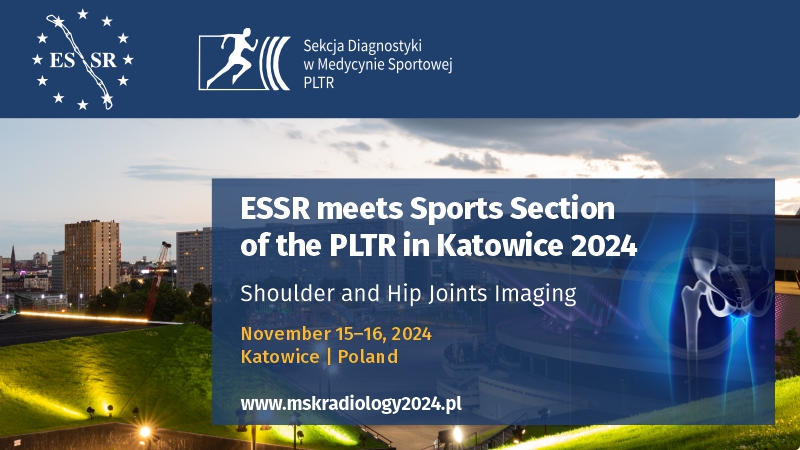Application of high-frequency ultrasonography in closing small blood vessels
Robert Krzysztof Mlosek1, Sylwia Malinowska2
 Affiliation and address for correspondence
Affiliation and address for correspondenceOne of the most common treatments performed in phlebological and aesthetic medicine clinics is closing small blood vessels in the lower extremities, so-called telangiectasias and reticular vessels. Currently, there are several methods that allow for closing the dilated vessels and obtaining desirable effects, both therapeutic and aesthetic. Unfortunately, despite applying various methods and instruments, the effects of treatments are frequently not satisfactory. The factor that largely contributes to decreasing the efficacy of such procedures is complicated anatomy of the venous system and the lack of a method to precisely specify the vessel’s course, its diameter, location in the skin etc. High-frequency ultrasonography is a method enabling accurate determination of the vessels’ course as well as the measurement of their basic parameters, such as diameter, depth in the skin and presence or absence of perfusion. Thanks to ultrasound imaging with the use of high-frequency transducers, an adequate treatment method and procedure parameters may be selected, which entails enhancing the efficacy of the procedure itself. Ultrasonography may be also used for monitoring the performed procedures.








